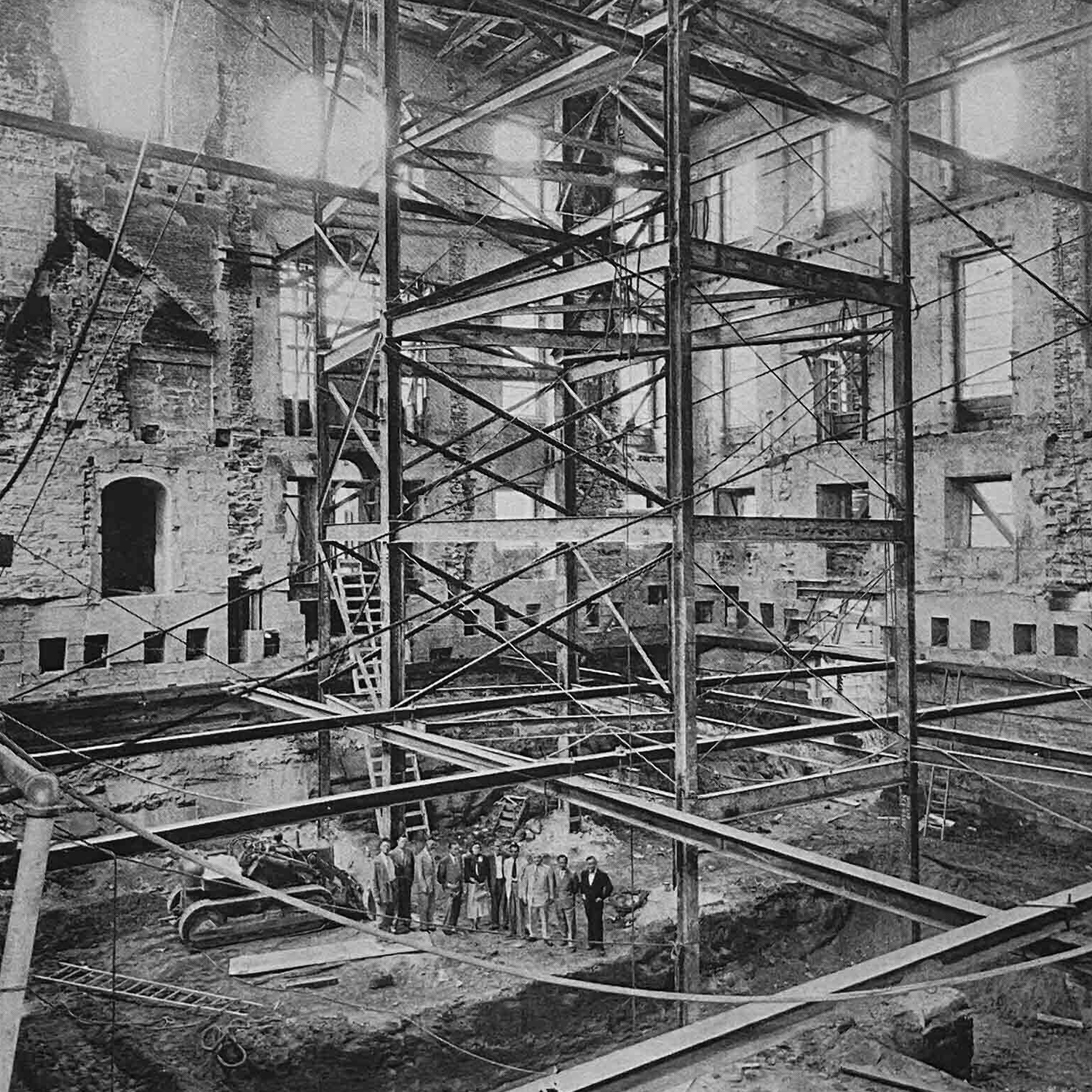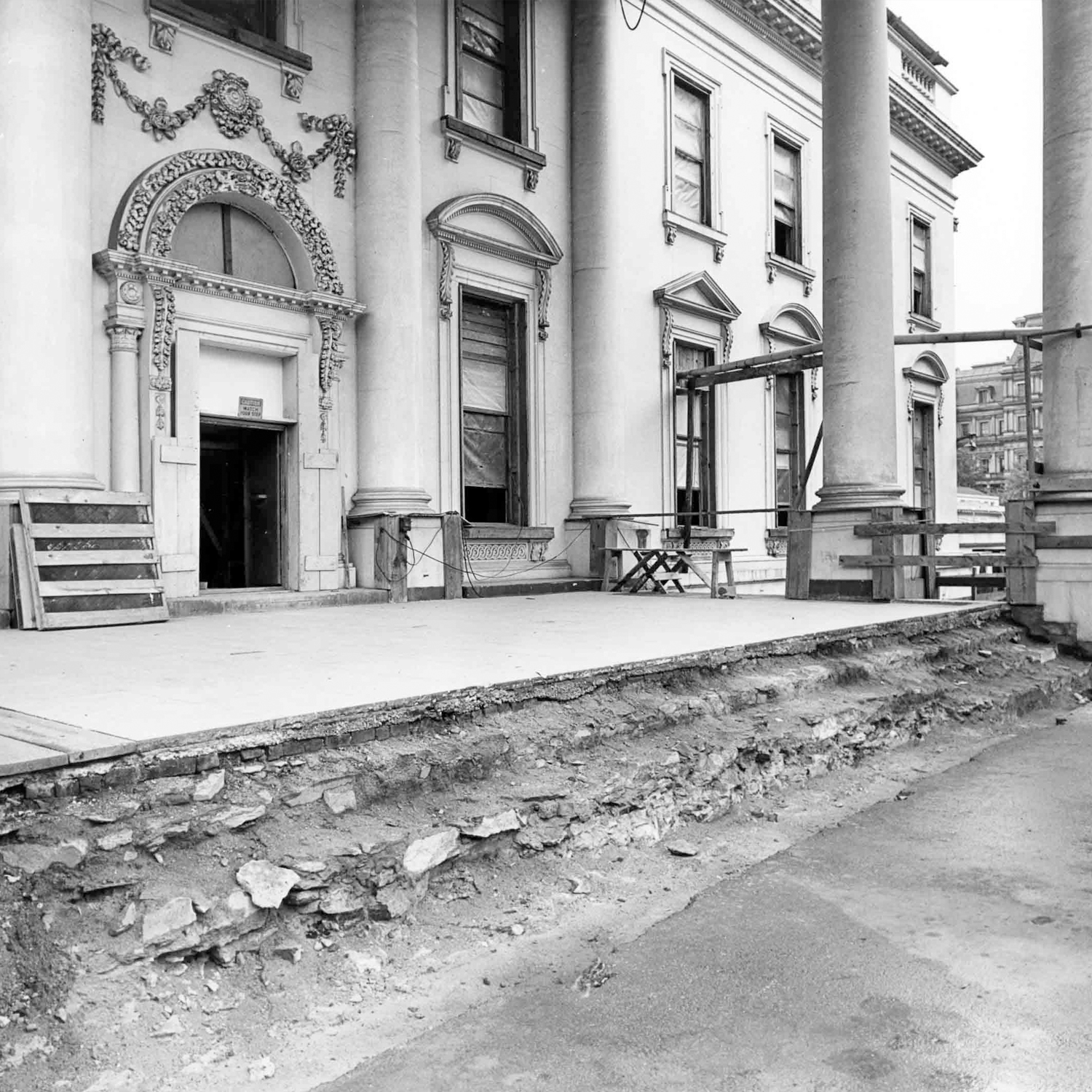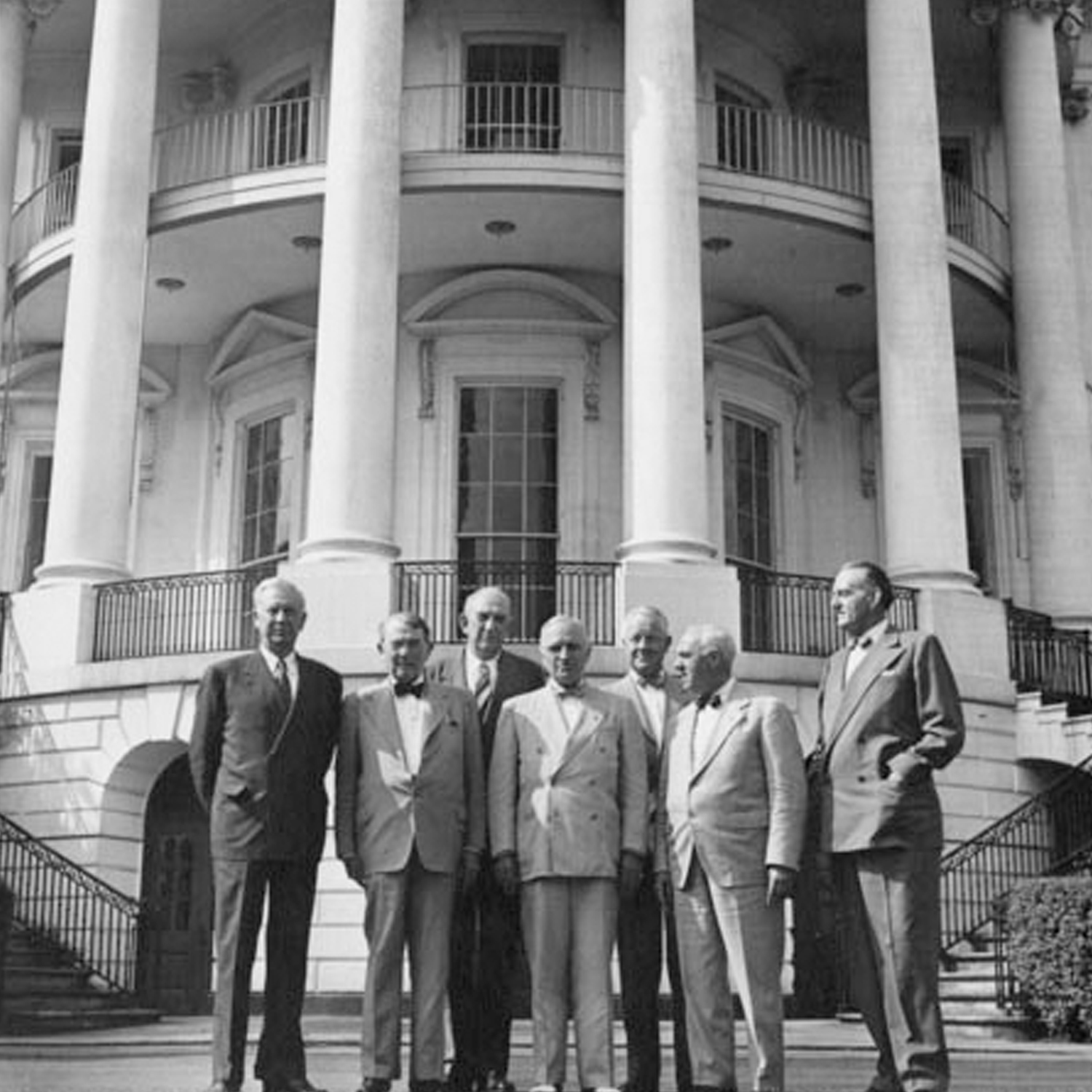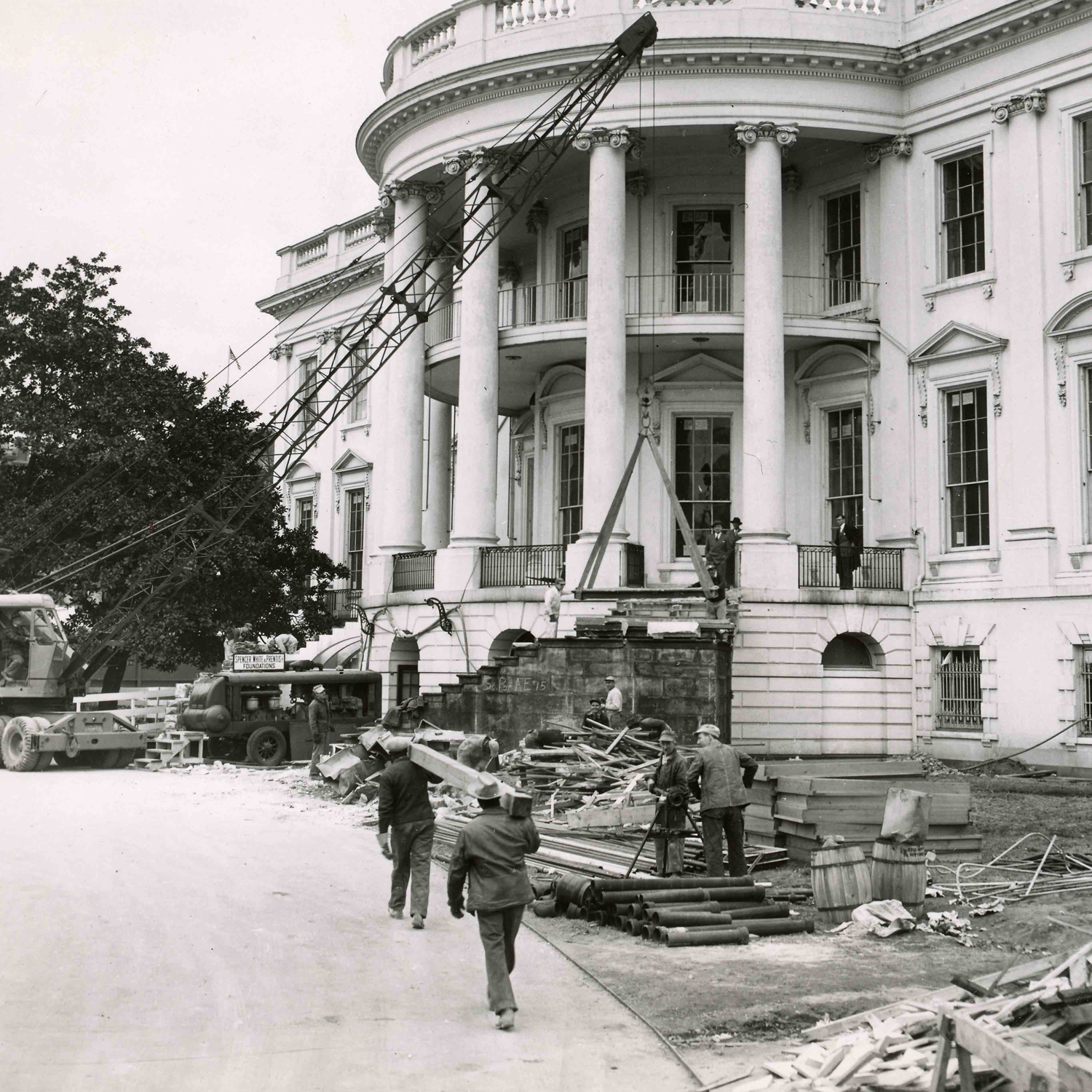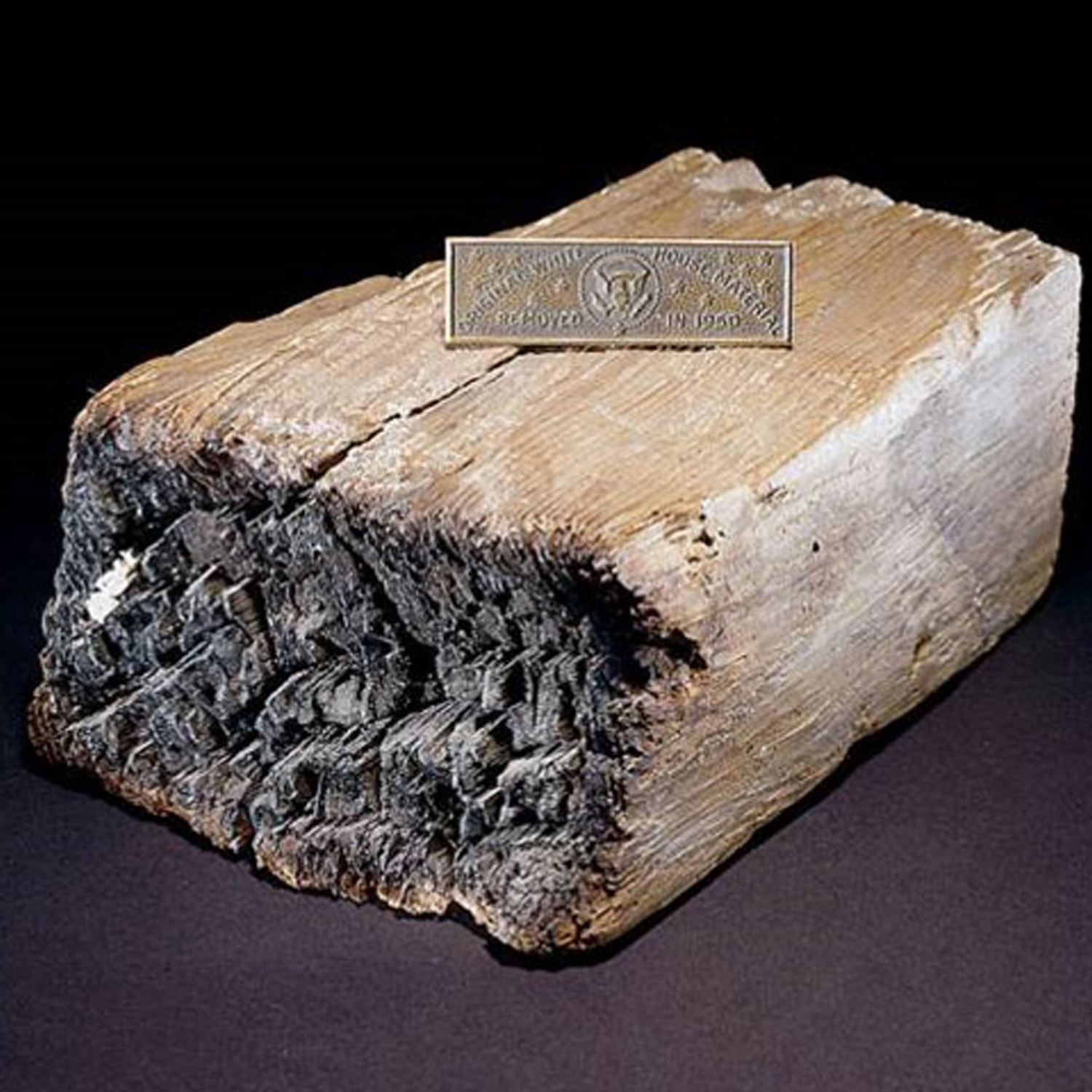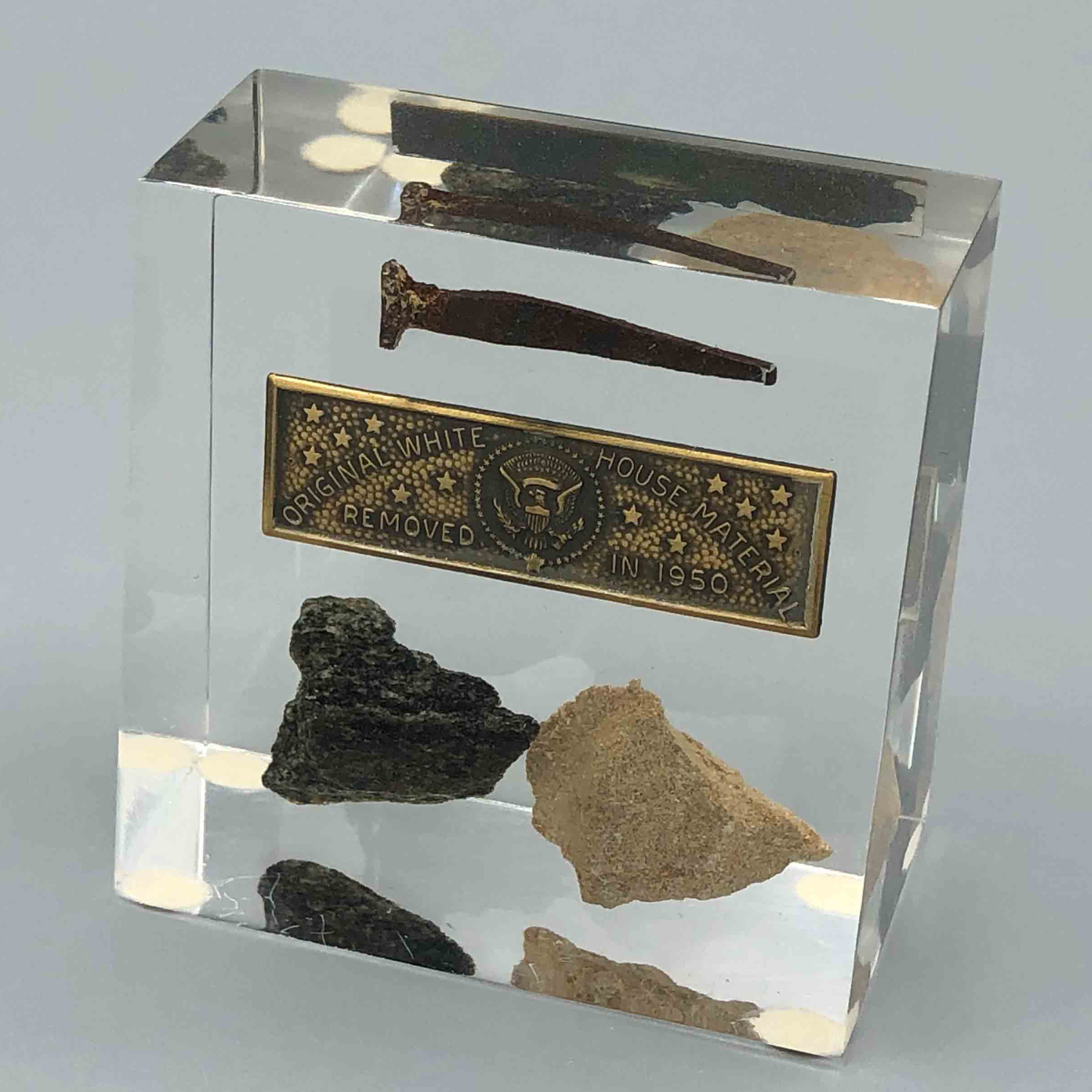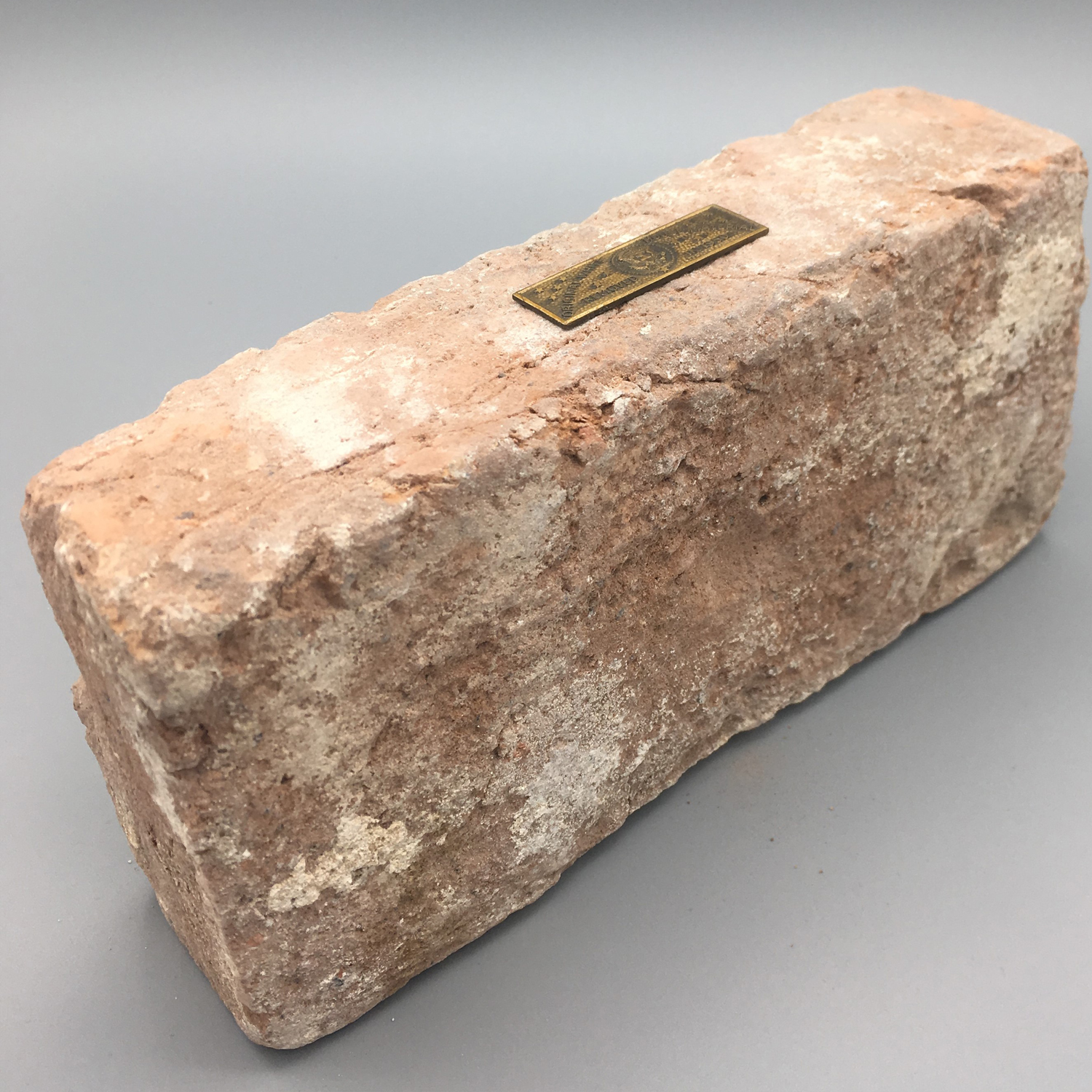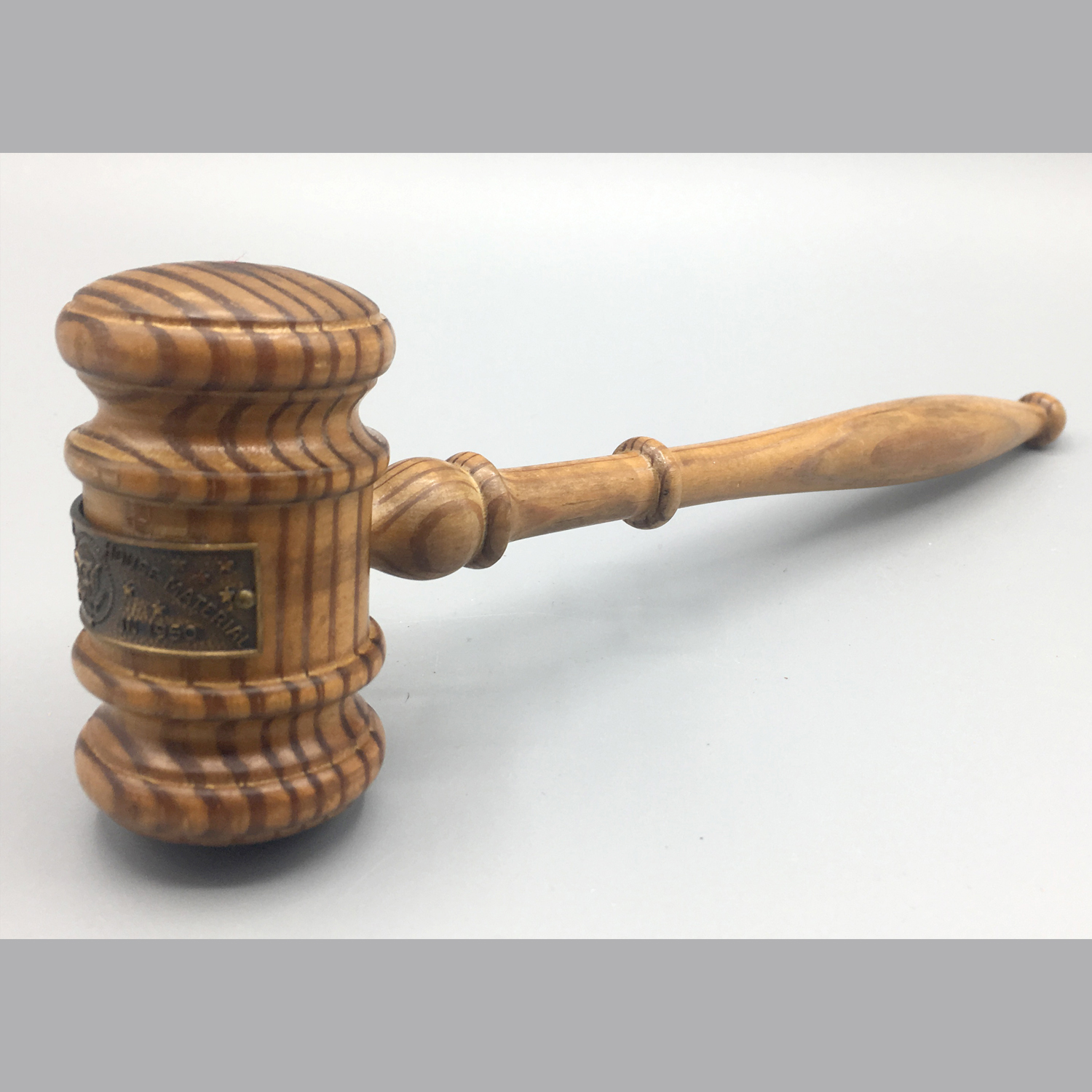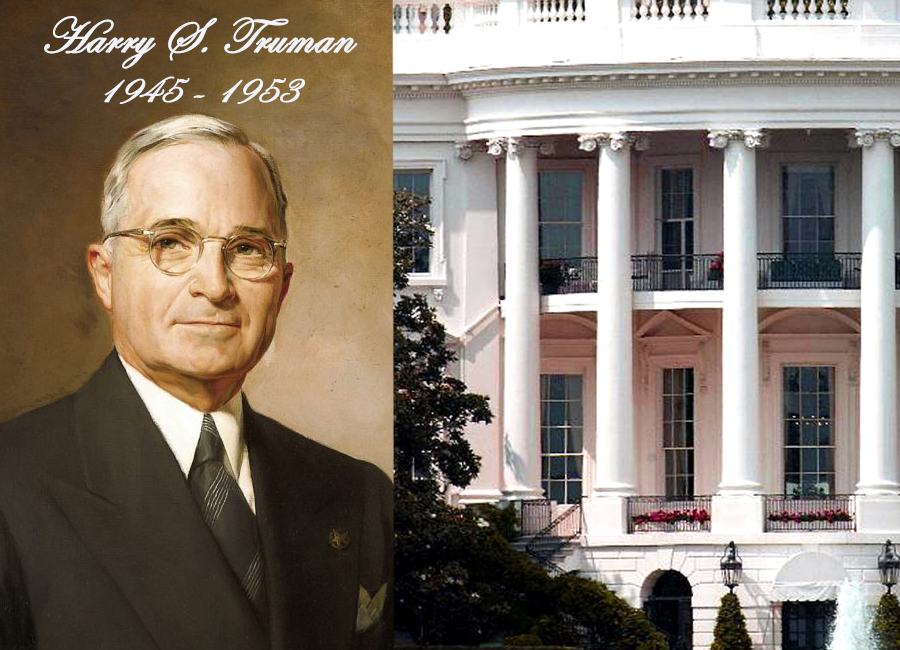
Without a doubt, Harry Truman’s renovation between 1948-1952 provided a substantial majority of White House renovation souvenirs in collections today. This was unlike any previous renovation or work done on the White House.
In the end, this renovation presented a bonanza to souvenir collectors from all over the country.
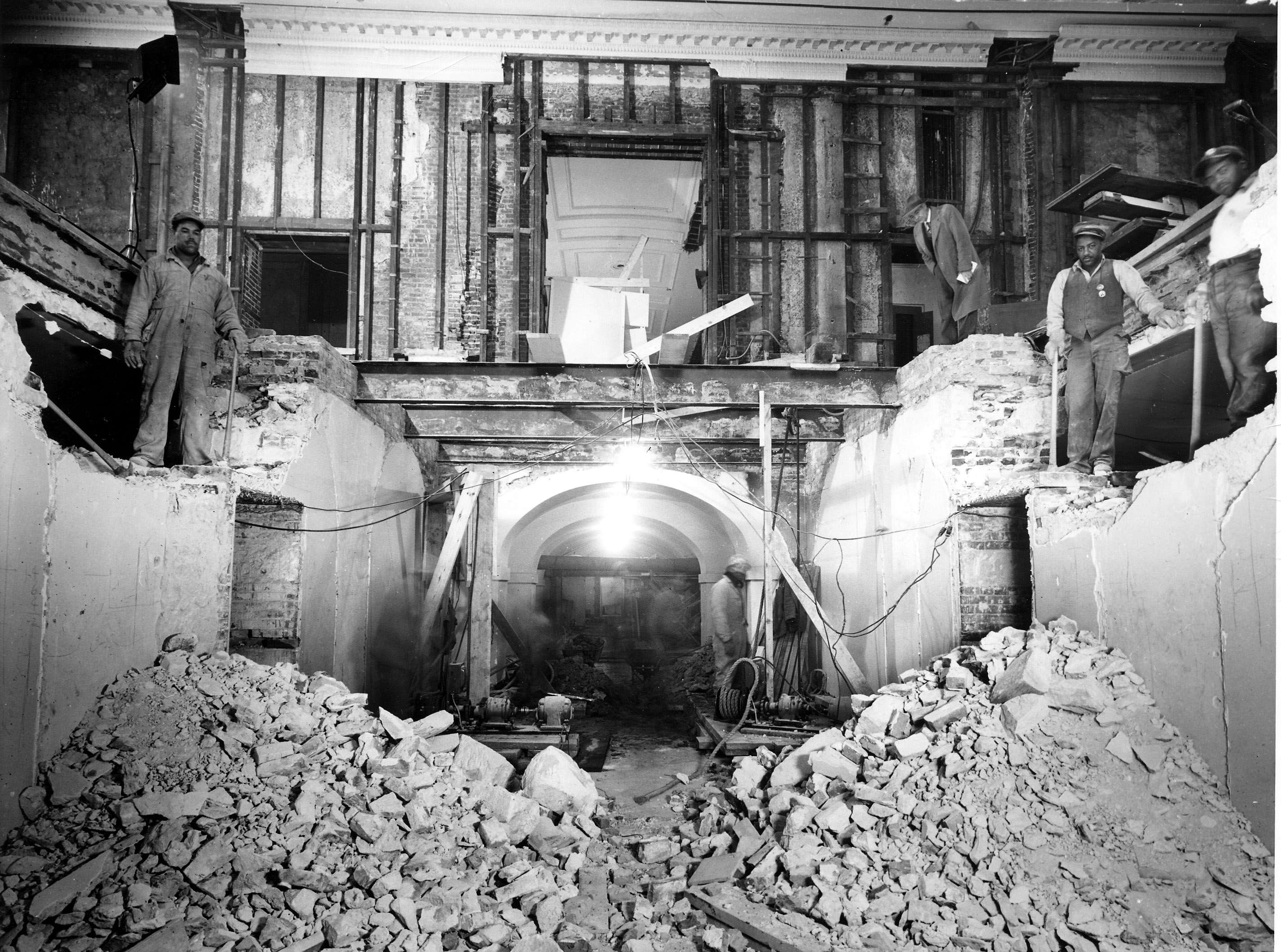
By the time President Truman moved into the White House, after President Franklin Roosevelt’s death in 1945, the building was structurally unsound and was considered by engineers to be unsafe. The “improvements” made over the past 125 years had taken a toll on the President’s House.
The renovations of 1902 and 1927 had contributed to a weakening of the structure. The 1902 renovation was completed too fast to be done properly. The steel beams added in 1927 proved too heavy for the supporting foundations.
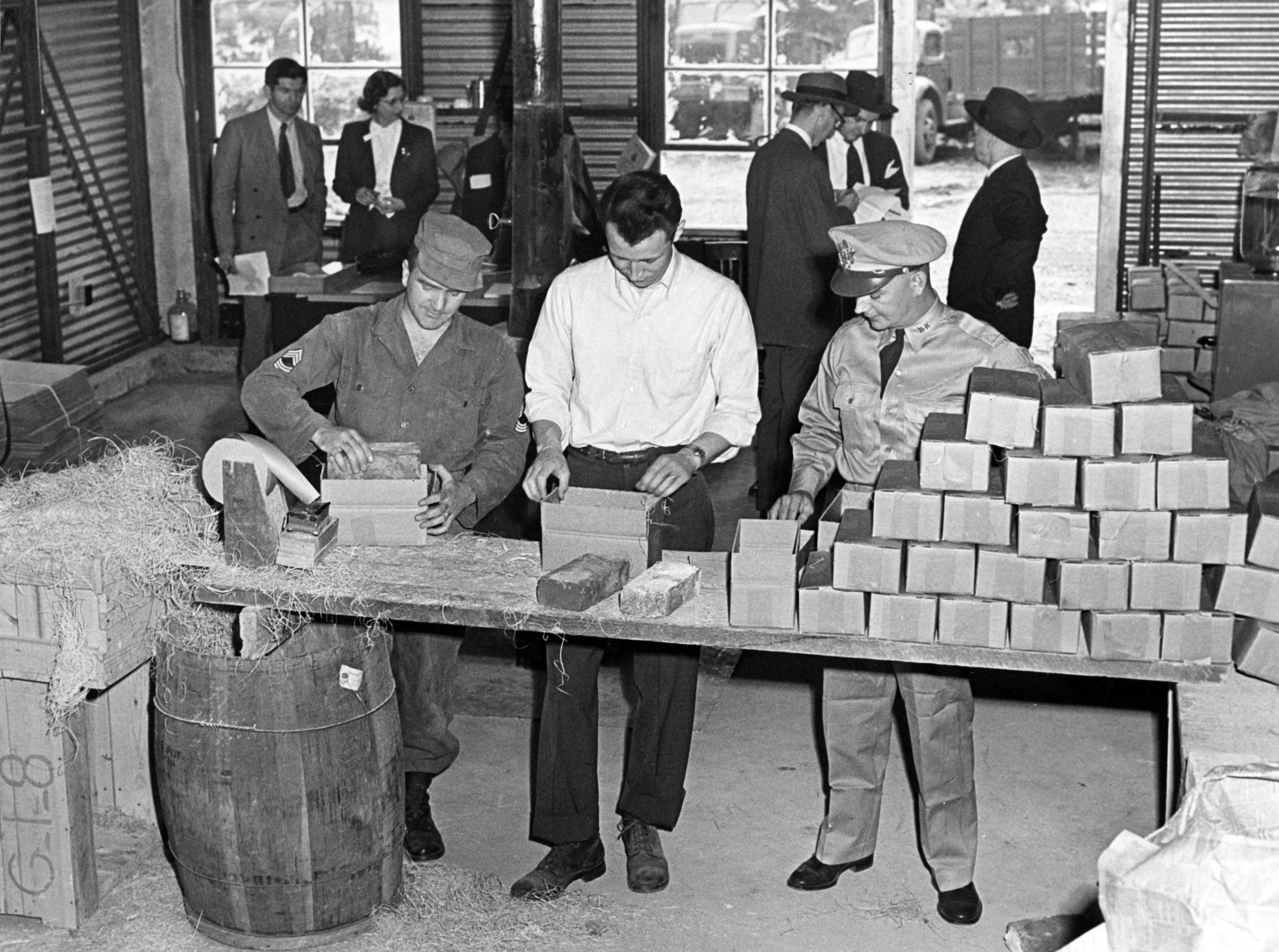
The Commission on the Renovation of the Executive Mansion was set up to oversee all of the massive amount of work to be done. This was the most extreme renovation since the British burned the building in 1814. In part, because of the media attention, the public demand for a piece of the White House was exceptionally strong.
The Commission’s plan for the “Disposition of Surplus Material” included a Souvenir program set up at Ft. Myer, Virginia to mail out small pieces of excess scrap material to the public by request. Each piece was authenticated by a small bronze plaque. The short-term program was a success and actually netted the U.S. Treasury a small profit.
Many of the pieces in collections today are the result of this popular program and are among the most authenticated thanks to the small bronze plaque attached.
